Plant Bird’s Nest: [Planting, Care, Irrigation and Substrate]
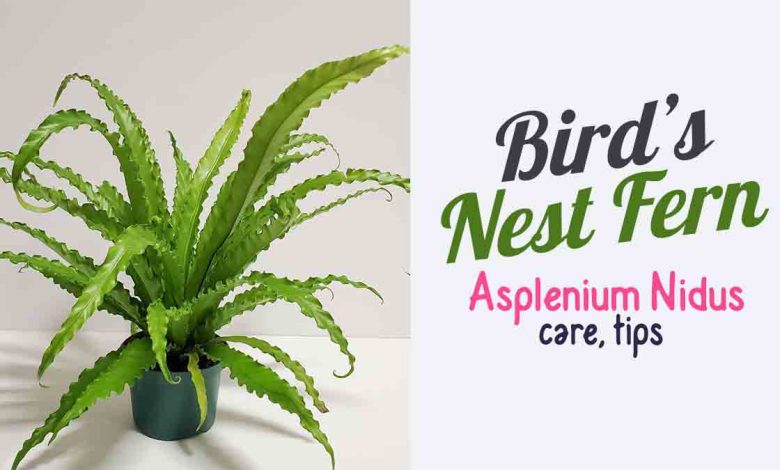
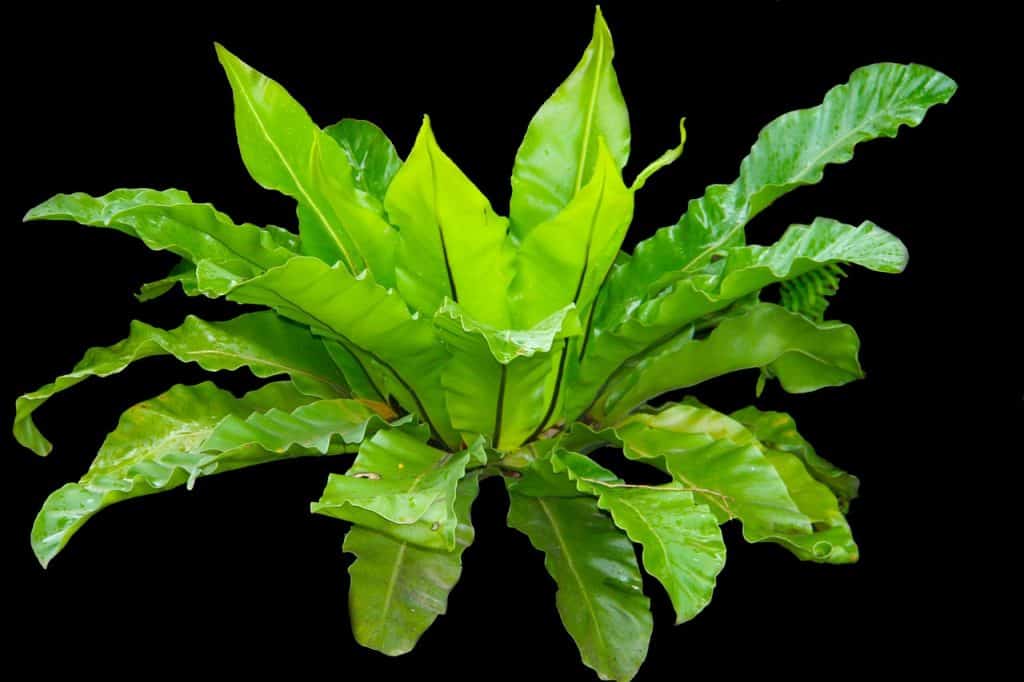
The Bird’s Nest (Asplenium), native to the Australian tropical forests, is a fern with beautiful leafy leaves that take the shape of a crown.
The Bird’s Nest also grows in Japan and India, in addition to the Australian continent.
Its leaves, lance-shaped and of a beautiful apple green color, reach from 45 to about 120 cm in length, acquiring a robust morphology that is easy to grow indoors, which gives it an advantage over other species of ferns that are usually quite delicate.
With just a few strict recommendations, the Bird’s Nest can decorate any space in your home without much maintenance.
Also, it can act as a hanging plant.
Temperature: Where do we plant the Bird’s Nest?
the bird’s nestit lives calmly in minimum temperatures that oscillate between 3 to 5°C and maximum of 25°C.
Avoid cold or hot air currents. This harms the bird’s nest fern.
Light: What needs do you have?
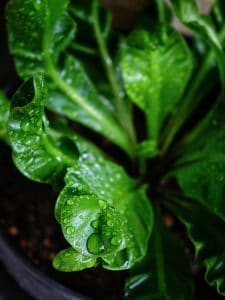 Although it is one of the strongest types of ferns, the place where you place it at home will be of vital importance so that it survives for a long time outside its natural, very humid, jungle habitat.
Although it is one of the strongest types of ferns, the place where you place it at home will be of vital importance so that it survives for a long time outside its natural, very humid, jungle habitat.
Find a very well lit site, but where you also get a bit of twilight or shadow. The bird’s nest should never receive direct sunlight (for proper photosynthesis), as sunstroke ruins it.
As it is so resistant, it even supports having it as an integral part of the decoration of a bathroom, it even adapts to spaces with very low light, but the idea is that it can be shown off in your home, in a place with stable environmental conditions, good lighting and high humidity.
Substrate and Fertilizer: How do we prepare the land?
Another important step in the care of the Bird’s Nest is related to its roots, which in most species usually burn easily if the fertilizer you add has a lot of salts.
To avoid this, it is essential that once a month the fertilizer you use is half the dose stipulated in the commercial brand of your choice.
And it is essential that the fertilization is carried out on a moist substrate, not dry.
Also a simple and very valid option is the application of slow-release fertilizer bars, every 2 or 3 months.
And what is advisable in terms of the substrate is that it has a composition of heather or chestnut soil, which keeps it acidic.
Plant the Bird’s Nest Fern
- Prepare a hole that is at least a little wider and deeper than the pot where the Bird’s Nest is.
- Water this hole and add a quality substrate (compost, for example).
- Take the Bird’s Nest carefully out of the pot and place it in the hole.
- Fill back in with soil.
- The transplant of the Bird’s Nest is extremely important if what we want is for it to have a good development.
Irrigation: how often and how?
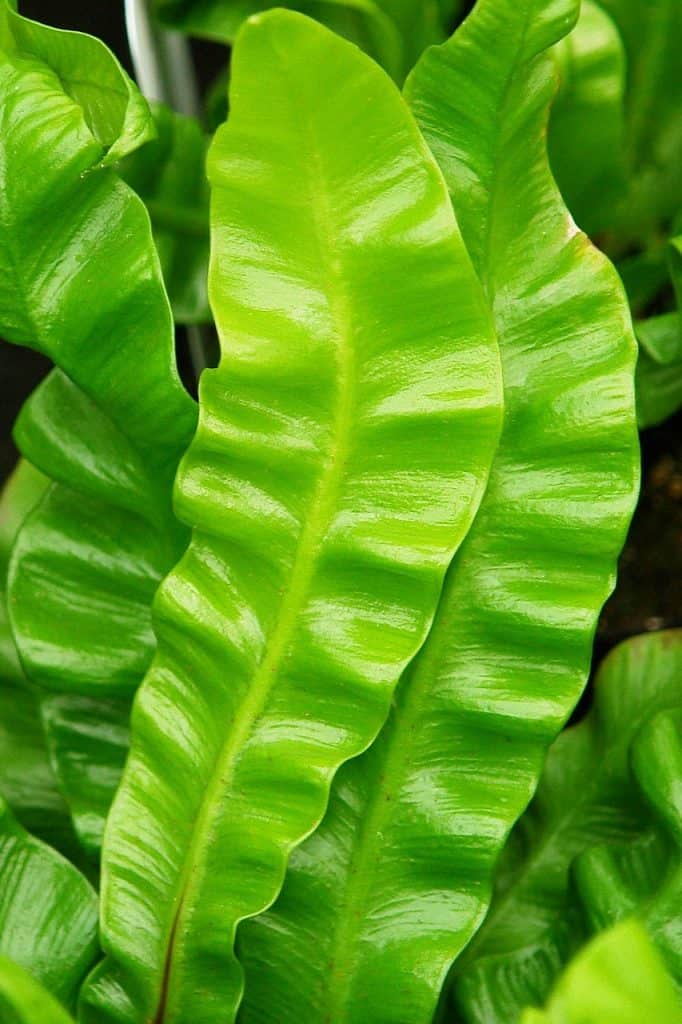
This fern needs regular watering with adequate sprays, which do not soak the substrate.
You must create a permanent humidity atmosphere. Another ideal way is to place a tray with moistened clay balls at the base of the pot.
Like most plant species, watering is reduced in winter and will only be resumed after all the substrate dries out.
At this complicated time of year for plants, you can also choose to place a saucer with water under the pot, but the absorption process should not last more than 15 minutes, unless a layer of gravel is placed on top.
But it should be clear to you thatYou always have to be watering the foliage of this fern, without soaking or flooding the soil.Permanent sprays are the best option in spring and summer, where spraying about three times a week is very beneficial.
There are some signs of lack or excess of water that are evidenced as follows:
- Dry leaf edges: The fern is saturated with ambient heat. It is urgent to spray its foliage.
- Brown spots: it has received some current of cold air that it cannot stand. It seeks to protect him by moving him to a place where he is less exposed.
- Yellowed leaves: the sun is shining directly on the foliage of the fern. Or you need a more acidic substrate.
- Rot: If the base of the plant begins to rot, we are sorry to tell you that you overwatered and the roots have been affected.
The Bird’s Nest, without a doubt, is one of the most beautiful and resistant ferns.
You will not regret opening the door of your house. The key to its durability is to provide it with the high environmental humidity it needs, and this is achieved with abundant watering once a week. You will see that this way it can last for years.

![Photo of How to Plant Cucumbers: [Cultivation, Substrate, Irrigation and Care]](https://www.complete-gardening.com/wp-content/uploads/2022/08/how-to-plant-cucumbers-cultivation-substrate-irrigation-and-care-390x220.jpg)
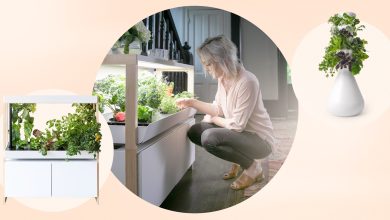
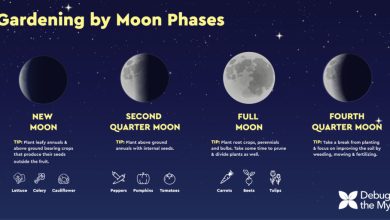
![Photo of Complex Fertilizers: [Characteristics, Effect, Obtaining and Application]](https://www.complete-gardening.com/wp-content/uploads/2022/08/complex-fertilizers-characteristics-effect-obtaining-and-application-390x200.jpg)